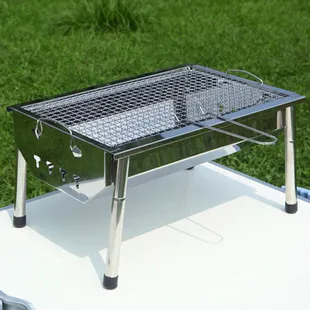Why does soaring nickel prices cause stainless steel costs to soar?
Nickel metal is an important part of stainless steel. For example, 304 SS contains about 8% nickel and over 90% iron. Although the content is small, because nickel is expensive, it accounts for more than 55% of the cost of stainless steel. So soaring nickel prices directly increases the cost of it.
Stainless steel has some special qualities, such as its cleanliness, durability, and greater resistance to disinfectants and high temperatures. It doesn’t break easily, it’s hard to cut, and it doesn’t absorb water. This is part of the reason why the food industry relies on it.
Since the lockdown was lifted, the home appliance industry has boomed and demand for stainless steel has grown significantly. Stainless steel prices are on the rise as the food service industry recovers. The impact of the war between Russia and Ukraine on nickel prices could lead to further increases in stainless prices.
Four main reasons for the surge in nickel prices
- The outbreak of the war between Russia and Ukraine caused nickel prices to rise. Soaring nickel prices will increase costs for restaurants and the food industry. Because nickel is an essential part of most stainless steels used to make food containers, surfaces and utensils.
- The global sales of new energy vehicles have driven a sharp increase in nickel demand. In 2021, the sales of new energy vehicles in China will increase by 129% year-on-year, and the total sales growth rate of new energy vehicles will be as high as 169%. Not only in China, but in Europe, the United States and Japan, sales of new energy vehicles accounted for about 25% of total car sales last year. Nickel, as an essential metal for the production of batteries for new energy vehicles, has seen a significant increase in demand, resulting in a significant reduction in inventories. According to market statistics, global nickel inventories have fallen to a 20-year low. Nickel resources are extremely scarce in the market, and nickel prices have skyrocketed at this time.
- The Indonesian government has decided to impose export duties on nickel. Indonesia, as the world’s largest nickel metal storage and supplier, imposes tariffs on nickel resource exports, which will inevitably lead to a rise in nickel prices.
- The explosion of the power plant of the Tatkon Nickel Smelting Project in Myanmar resulted in a complete shutdown of the nickel plant, which produces about 20,000 tons of metallic nickel per year. The unexpected incident in Myanmar also affected the global nickel supply situation, and nickel prices rose sharply again.
The continuous rise in nickel prices under the worries of tight supply has brought upward momentum to downstream stainless steel. On March 4, stainless steel led the commodity market with an increase of 4.71% in the final session.
Although from a fundamental point of view, the supply and demand of stainless steel are currently intertwined with long and short factors. However, concerns about the tight supply of nickel caused by the conflict between Russia and Ukraine have driven nickel prices to continue to soar, eventually leading to a rise in the cost of stainless steel.
According to statistics, the social inventory of stainless steel in China’s mainstream market fell by 2.39% month-on-month to 820,100 tons. Among them, the restocking level of 300 series stainless steel reached 14.37%, which was higher than the 13.5% in the same period last year. To a certain extent, it shows a signal of a recovery in demand.
In the view of Galaxy Futures, rising nickel prices also boosted stainless steel prices. Commodity prices have been strong recently, and stainless steel still has the momentum to rise.








